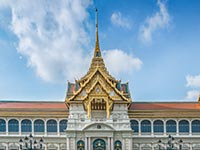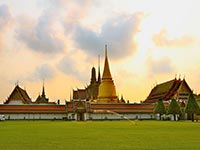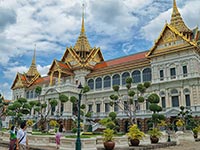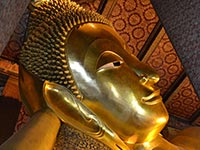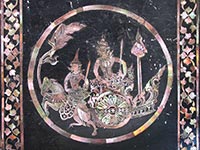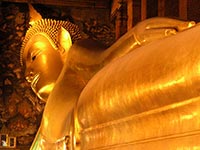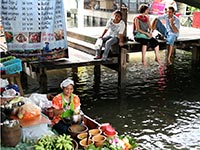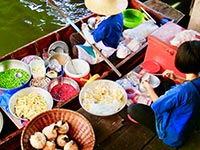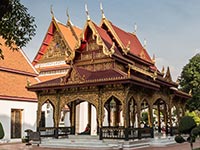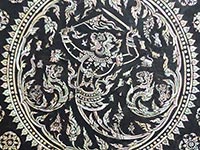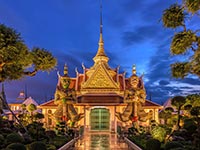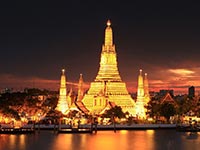Things to do in Bangkok, THAILAND
Vibrant, modern, and perpetually hectic, Bangkok is the gateway into the heart of southeast Asia.
Talk to anyone who’s spent a decent amount of time in Southeast Asia and they will most definitely have a strong opinion about the Thai capital. Often the first stop for many travelers in the region, there is something about Bangkok that calls travelers and keeps them coming back time and time again. With world-class cuisine at street food prices, colourful markets, and a myriad of ornate temples, it’s not hard to see why this is one of Asia’s most popular destinations.
The cultural, political, and historical heart of Thailand, Bangkok provides a especially interesting landscape. Modern buildings coexist with traditional houses, dance clubs are as popular as temples, and there is a cosmopolitan spirit that somehow only accentuates the traditional feel of the city. Needless to say, Bangkok is a city that is truly not to be missed.
Here are the top 5 things to do in Bangkok:
1. Grand Palace
The former residence of the Royal Family, the Grand Palace is one of the most iconic symbols of the Thai nation.
Serving as the royal residence from 1782-1925, the Grand Palace has a particularly important place in Thai history. King Rama I, the first King of the Chakri Dynasty, commissioned it as part of his effort to make Bangkok the new capital of the nation.
Though the royal family no longer resides here, this is not just an open museum. The palace is still a working palace, being used for several formal events as well as meetings. Visitors flock to see the golden pagodas that twirl up to the sky, the perfectly symmetrical courtyards, and the opulent beauty of the palace complex.
Especially popular are the gardens and the famed Temple of the Emerald Buddha, which has remained a symbol of the country even today.
where? The palace is located on the banks of the Chao Phraya River. There are several stations that surround it on all sides, serviced by several different lines. However, the best way to reach the palace may be by express boat. This method of transportation allows you to get off at either the southern end or the northern end of the palace.
when? Opening hours are from 8:30am to 3:30pm daily. The palace is closed on certain days when there are special events and official functions. If traveling to Bangkok in the summer, please keep in mind that a dress code is enforced at the palace, so short pants and skirts, or sleeveless shirts are not allowed.
£$€¥ Entrance to the palace is around $15 per person. If you arrive with clothes that do not fit the dress code, you can rent garments for around $6.

